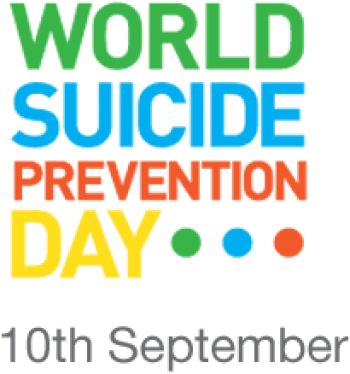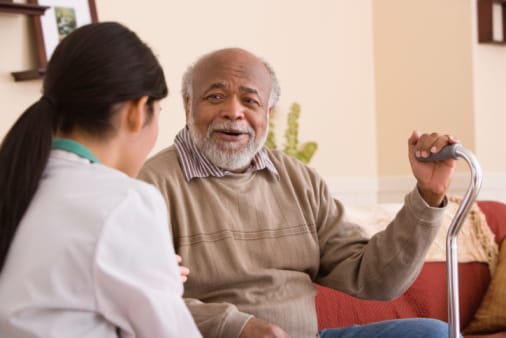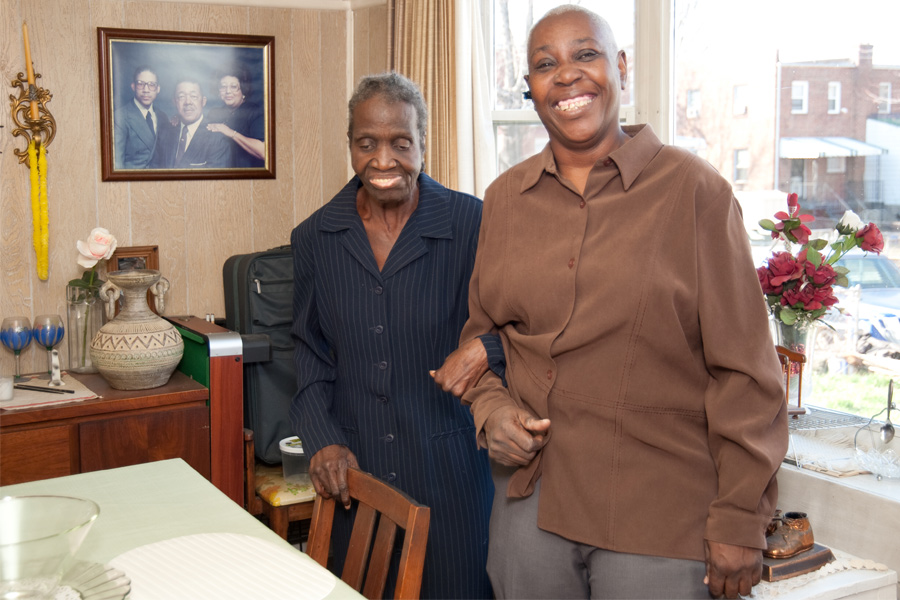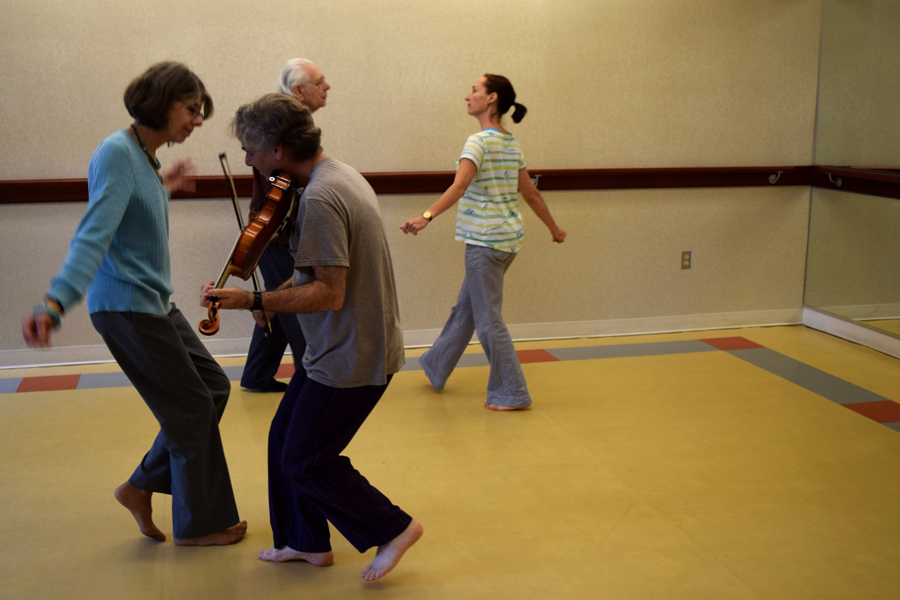World Suicide Prevention Day

Suicide among older adults is a significant, yet under reported, health issue. In 2016, adults aged 85+ experienced the second highest rate of suicide in the US. Even more shocking, statistics like these don’t include the many instances when suicide goes unreported. Deaths due to overdoses, self-starvation or dehydration, or “accidents” may not be recognized as suicide. Additionally, for adults who are socially-isolated, it can take days for a death to be noticed and reported.
Do you have an older adult in your life that might be experiencing suicidal thoughts? Are you concerned about rising suicide rates and want to know what to do?
Know the statistics.
The Centers for Disease Control and Prevention has reported rising suicide rates nearly nationwide in 2018. Suicide rates can vary notably by demographic. According to the American Foundation for Suicide Prevention, in 2016, the suicide rate per 100,000 individuals aged 65-74 was 15.38, and increased with age, with adults 75-84 rating 18.2 per 100,000 individuals and adults 85+ rating 18.98. The age-adjusted suicide rate per 100,000 individuals is 13.42, meaning suicide for older adults is way above the average.
Recognize the warning signs.
The American Foundation for Suicide Prevention has an infographic detailing warning signs of suicide for individuals of all ages. For signs more specific to older adults, the American Association for Marriage and Family Therapy has a list of warning signs that an older adult may be considering suicide.
Get intervention tools.
The National Suicide Prevention Hotline has a list of things you can ask someone you suspect is experiencing suicidal thoughts. The Suicide Prevention Resource Center has an in-depth guide for evaluating patients.
Find crisis hotlines.
The National Suicide Prevention Lifeline, available 24/7, is 1-800-273-8255. The same service also offers a 24/7 Spanish lifeline at 1-888-628-9454, and a TTY lifeline at 800-799-4889. To chat online, visit IMAlive, a virtual crisis center. In the case of an active suicide, call 911.
Fight stigma.
With suicide rates rising, it falls to us to get rid of the stigma of mental illness and treatment, but we need to be aware of challenges unique to older adults as well, like increased risk of social isolation, feelings of hopelessness and worthlessness, and health and financial challenges. This Huffington Post article addresses one approach, integrating mental health discussion and treatment into older adult communities.
As the older adult population continues to grow, suicide will stay a major health issue that must be acknowledged and treated. With effective initiatives, we can reduce this preventable tragedy and help all older adults, including those experiencing depression, age well.
By Indy Weinstein.
Indy Weinstein is an intern at Iona. They graduated from St. Mary’s College of Maryland last year with a BA in History, and are excited to learn about nonprofit management and aging.
Related Articles

The Stories of Dementia in the District

A Couple’s Vows Create Opportunities to Age Well

Can You Imagine Taking Three Buses to Get to Iona?

